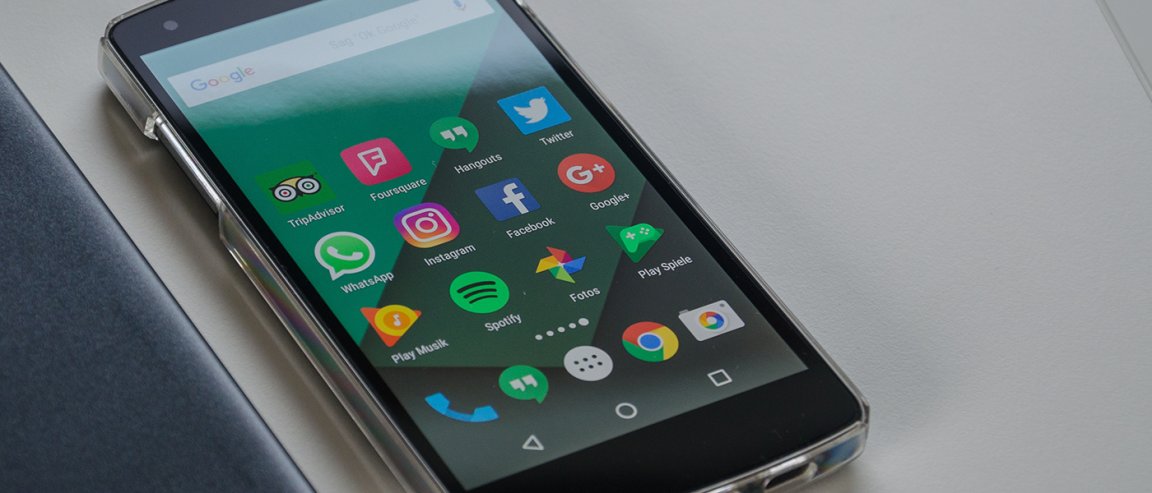
Investing in Screens
Rumors about Google’s Pixel smartphone are swirling. One currently making the rounds in the South Korean press is that a one trillion KRW ($875 million) investment is in the works for LG Display, popular producer of screens for smartphones and tablets.
[infographic postid=”48925″][/infographic]
According to the Yonhap News Agency, the deal isn’t simply a purchase agreement — it’s a strategic move on two separate levels. Aside from potentially giving the Pixel curved edges courtesy of flexible organic light-emitting diode (OLED) panels, the deal would also limit Google’s dependence on Samsung Display, which is nestled under Google’s rival Samsung and a supplier for Apple’s iPhones. Both Google and LG have yet to comment on the rumors.
The Pixel, which Google introduced in October 2016, has become quite a formidable contender in the world of smartphones. If these rumors are true, they confirm that Google wants to join smartphone giant Samsung in featuring devices with curved screens, which do seem to be the next step in screen technology for smartphones — according to other rumors, even Apple is moving toward them.
Changing Your World View
In a world in which so many devices rely on screen-based interactions, curved screens aren’t simply a gimmick — they’re a way for companies to reach their ultimate goal of transforming how we interact and communicate with our devices. However, they aren’t the only way.
Recent developments in flexible smartphones include building entire screens that can bend, with both Samsung and Apple having filed patents for such displays. Companies are also in pursuit of futuristic transparent screens, as seen in these see-through touch displays and in Panasonic’s invisible television, which is currently in the works. Touch displays are becoming increasingly more futuristic in general, with one company releasing a touch-screen mirror that serves as an artificially intelligent (AI) personal assistant.
But perhaps the best screen is no screen at all. Technologies like virtual reality (VR) and mixed-reality want to do away with screens altogether. VR has been gaining ground in terms of delivering a completely different view of the world, while mixed-reality is the focus of the highly intriguing company Magic Leap.
Devices that utilize augmented reality (AR), such as smart glasses, offer a compromise of sorts, still requiring a screen but making it more integrated into your daily life. The most well-known was Google Glass (now called Project Aura), and although the success of that project is debatable, Apple’s CEO Tim Cook is confident that AR will be the next biggest thing in tech.
Whether or not the future is powered by screens depends on which of these technologies improves the fastest and which people can’t wait to get their hands on — or, perhaps, off of.